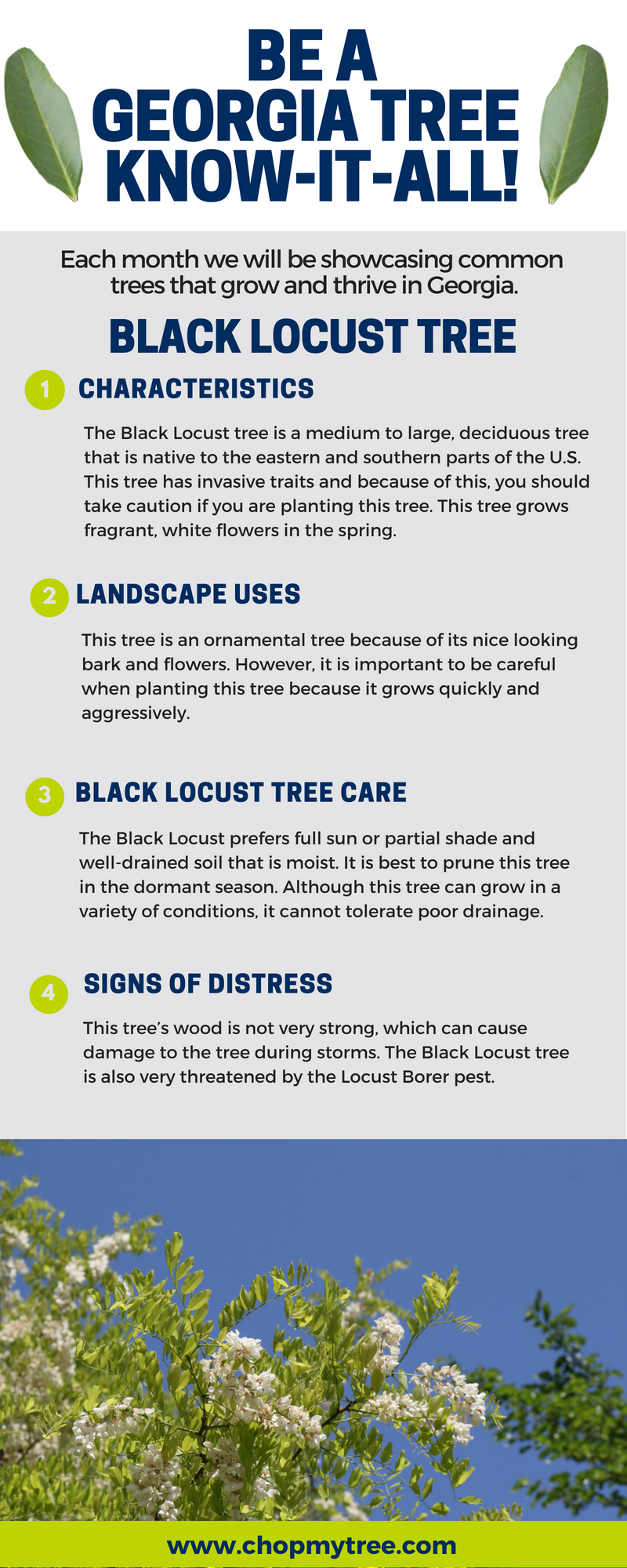Post-Tree Elimination Maintenance Is Crucial For Recovering Your Landscape; Learn Crucial Steps To Revitalize Your Area And Prevent Prospective Troubles
Post-Tree Elimination Maintenance Is Crucial For Recovering Your Landscape; Learn Crucial Steps To Revitalize Your Area And Prevent Prospective Troubles
Blog Article
Author-Powell Leblanc
After a tree's removal, your landscape may look quite various, and it's vital to examine the aftermath thoroughly. You'll wish to evaluate the dirt disturbance and inspect bordering plants for any type of indications of anxiety. Overlooking these aspects can cause bigger troubles down the line. So, what should you do with those stumps and roots? And just how do you choose the most effective plants for your rejuvenated space? Allow's discover these essential steps.
Examining the After-effects: Assessing Your Landscape
After a tree elimination, it's important to assess your landscape to recognize the effect it carries your yard.
Beginning by taking a look at the location where the tree stood. Seek indications of soil disruption, and check the bordering plants for any type of stress or damages.
You should likewise take note of just how the elimination has actually changed sunshine direct exposure and airflow in your yard. This shift can affect the development of nearby plants, so it's essential to review their wellness.
Take into consideration the aesthetic aspects too; the elimination could produce an open space that you can redesign.
Lastly, think about any potential erosion problems that may occur from the tree's lack. Resolving these aspects early will help recover equilibrium to your landscape.
Taking care of Stumps and Roots: Choices for Removal
Once you have actually assessed the after-effects of the tree removal, you'll likely require to deal with the stump and roots left.
You have a couple of choices for removal. One reliable approach is stump grinding, where a professional utilizes a maker to grind the stump to below ground degree. This technique leaves minimal disruption to your landscape.
If you like a do it yourself technique, you can use a mix of digging and chemical stump cleaners. Just remember, this process can take time and initiative.
Additionally, think about leaving the stump as a natural feature, which can act as a special garden element or environment for wild animals.
Whatever you choose, resolving the stump and origins is necessary for recovering your landscape.
Picking the Right Plants for Your New Room
As you analyze your newly cleared area, selecting the right plants can significantly improve your landscape's charm and capability.
Beginning by thinking about the sunlight and dirt problems. For bright areas, select drought-resistant plants like lavender or succulents. In shaded spots, ferns and hostas prosper well.
Think about the dimension and development habits of your plants; mix perennials and annuals for seasonal range. Don't forget to include native species; they require less upkeep and support neighborhood wild animals.
Group plants in weird numbers for a much more all-natural look and develop layers for aesthetic depth.
Ultimately, official website have a mix of shades and textures to maintain your landscape vibrant throughout the seasons.
Suggested Resource site growing!
Verdict
To conclude, restoring your landscape after tree removal is a fulfilling process. By assessing the consequences, resolving stumps and origins, and picking the right plants, you'll produce a thriving setting. Don't neglect to integrate erosion control measures to protect your soil. With a little initiative and care, you can change your area into a vivid yard that enhances your residential property. Embrace the chance to rejuvenate your landscape and take pleasure in the charm of nature right in your yard!
